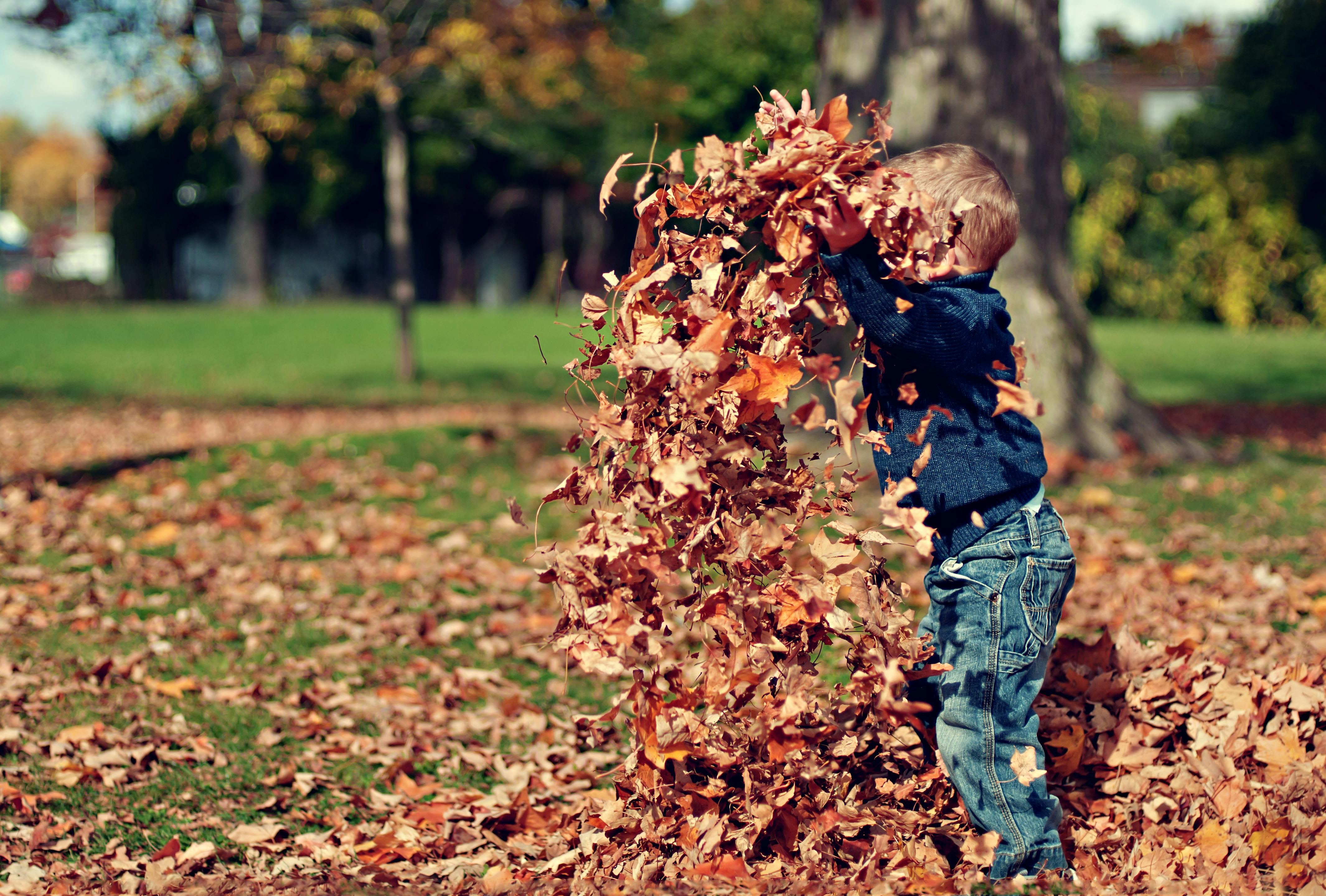Fall Cleanup: Preparing Your Garden for Winter
Posted by Woodland Tools Co. on 10th Oct 2024
As the leaves start to turn and the air grows crisp, it's time to roll up your sleeves and prepare your garden for the winter months ahead. A thorough fall cleanup not only keeps your garden looking tidy but also sets the stage for a healthy and vibrant spring. In this guide, we'll walk you through essential fall garden tasks and introduce you to the must-have tools that will make your work efficient and enjoyable.
Essential Tools for Fall Cleanup
Before we dive into the tasks, let's review the tools you'll need:
- Hand Pruners: For precise cuts on smaller branches and stems
- Loppers: For thicker branches up to 2 inches in diameter
- Hedge Shears: For shaping and trimming hedges and bushes
- Pruning Saw: For larger branches and stubborn woody growth
- Leaf rake: For gathering fallen leaves
- Garden Trowel: For digging and planting bulbs
- Hori Hori Knife: A versatile tool for cutting, digging, and weeding
- Cultivator: For loosening soil and removing debris
- Wheelbarrow or garden cart: For transporting yard waste
1. Clearing Fallen Leaves
Fallen leaves can smother your lawn and harbor pests and diseases if left unchecked. Use a leaf rake to gather leaves into piles, then transfer them to a wheelbarrow or garden cart. Consider composting your leaves or using them as mulch in garden beds.
Pro Tip: For large yards, a leaf blower can speed up the process, but remember that raking also helps to dethatch your lawn.
2. Pruning Perennials and Cutting Back Annuals
Use your hand pruners to cut back spent perennials to about 3-4 inches above the ground. This prevents disease and gives your garden a tidy appearance. For larger perennials, loppers might be necessary. Remove annual plants entirely, as they won't survive the winter.
Some perennials, like coneflowers and black-eyed Susans, can be left standing to provide winter interest and food for birds. Use your judgment based on your garden's aesthetic and local wildlife needs.
3. Trimming Shrubs and Hedges
Fall is an excellent time to shape evergreen shrubs and hedges. Use hedge shears for a clean, even cut. For individual branches, hand pruners offer more precision. Remember to avoid pruning spring-flowering shrubs like lilacs and rhododendrons, as you might remove next year's buds.
4. Pruning Trees
Remove dead, diseased, or crossing branches from trees using a pruning saw for larger limbs and loppers or hand pruners for smaller ones. This improves the tree's structure and health while reducing the risk of damage from winter storms.
Safety First: For large trees or branches beyond your reach, consider hiring a professional arborist.
5. Cleaning Up Vegetable Gardens
Clear out spent vegetable plants using hand pruners or a hori hori knife. This is crucial for preventing the spread of disease and pests. Add healthy plant material to your compost pile, but discard any diseased plants in the trash.
6. Preparing Soil for Spring
Use a cultivator to loosen the soil in your garden beds. This is an excellent time to incorporate compost or well-rotted manure to enrich the soil for next year's plantings. A garden trowel can help with more precise soil preparation.
7. Planting Spring-Blooming Bulbs
Fall is the perfect time to plant spring-blooming bulbs like tulips, daffodils, and crocuses. Use your garden trowel or hori hori knife to dig holes at the appropriate depth for each type of bulb.
8. Protecting Sensitive Plants
Use pruners to cut back any frost-sensitive perennials. Consider using burlap or frost cloths to protect plants that might be damaged by early frosts. Your hori hori knife can be useful for securing these protective measures.
9. Tool Care and Storage
After completing your fall cleanup, take the time to clean and sharpen your tools:
- Remove dirt and debris with a stiff brush
- Disinfect tools with a solution of one part bleach to nine parts water
- Sharpen blades on pruners, loppers, and hedge shears
- Apply a light coat of oil to metal parts to prevent rust
- Store tools in a dry place to maintain their quality
Conclusion
A thorough fall cleanup sets the stage for a beautiful and healthy garden come spring. By using the right tools and techniques, you can make this process efficient and even enjoyable. Remember, the effort you put in now will pay dividends when your garden bursts into life next year.
As you work through your fall garden tasks, take a moment to appreciate the changing seasons and the cycle of growth and rest in your garden. Happy gardening!


